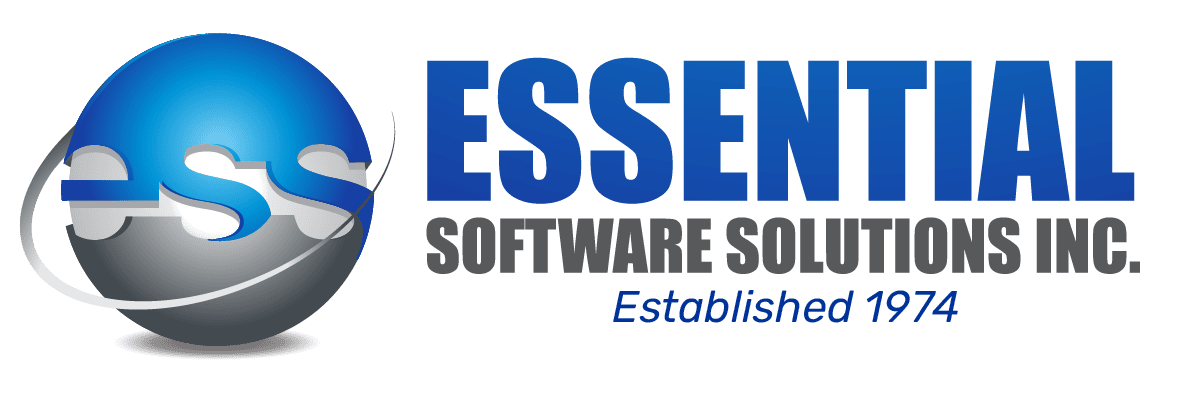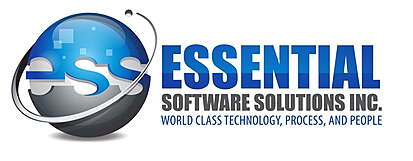
An In-depth look at what manufacturers can do during the pandemic slump.
It is quite likely that many manufacturers will endure a slump due to lower demand and subsequently lower production levels. During this period, manufacturers can explore other transformative measures to improve their organization while we wait out the downturn due to the coronavirus.
Let’s take an in-depth look at what manufacturers can do during the COVID slump:
1. Commence a Continuous Improvement Program (CIP)
Most companies rarely have the time necessary for a comprehensive Continuous Improvement Program (CIP). These processes are backed up by peer-reviewed research, have proven results and are easier to implement than you think. Use this downturn to get such a program up and running – it can be a great asset for you when the economy begins to pick up speed.
2. Enhance Plant Sanitization
COVID-19 is necessitating rigorous sanitization procedures to mitigate the spread of the virus. Most manufacturers in the medical space already have extremely thorough sanitization processes in place. It would serve you well to adopt or at least learn from some of their practices. Implementing a higher level of sanitization measures will go a long way towards maintaining a safe environment for workers and protecting their health.
3. Explore Available Funding
Enterprises’ financial reserves are being threatened by the pandemic across all fields of business. The Canadian government is providing various funding programs and rolling out a number of new beneficial schemes. Checking on your extant funding while keeping an eye out for any new “emergency” funding, here. These alternatives can help ensure business continuity by protecting your enterprise from running short of funds.
4. Update Your Standard Operating Procedures (SOPs)
This is especially important during a global crisis such as the COVID-19 pandemic. This situation has established new parameters for industries to function within. With employees now working from home, there may be an increase in email traffic due to the lack of meetings in person. This means that there is a whole trove of information that may have to be recorded. Reviewing, understanding and updating your existing SOP and employee handbook to match these new circumstances can help provide clarity on better ways of doing things in an emergency. It also helps pinpoint activities that you only do in-person, such as physical inventory or cycle counts or preventive maintenance. This category of activities may require revised processes in light of the pandemic.
5. Learn New Skills & Best Practices
Use any idle time to take an online class to learn a new skill for your industry or sharpen your existing skills. This is a good time to examine industry best practices and implement them for your organization. For instance, you could implement new features of your ERP system to integrate data – this will give you a competitive edge when demand surges as normalcy resumes in the future, and can also help you improve current production with fewer resources.
6. Optimize Production Scheduling & Shop Floor Visibility
A proactive approach to production scheduling and optimizing your shop floor visibility can give you a competitive edge once the pandemic ends and pent up demand returns. In case your industry is in the business of manufacturing essential goods then such optimization can ensure you are able to produce and ship a higher volume with limited resources.
Modern scheduling and shop floor tools that have Smart Factory and Industry 4.0 capabilities provide visibility so you can predict where to deploy your valuable resources for maximum value, when to release WIP to optimize workflow, and which jobs will be late so you can take pre-emptive action accordingly. A number of manufacturers are also turning towards remote monitoring options for the shop floor. These changes can improve performance, reducing lead time and increasing on-time deliveries to keep pace with demand when the downturn ends.
7. Perform System Updates
If you are already paying a considerable amount on software maintenance, you may as well make the most of it by gaining the latest improved functionality. This can be the ideal time to install, test and roll out a new software and updates.
In part 2 of this blog series, we will provide more guidance for measures manufacturers can take during the COVID slump.
If you’d like to explore leveraging technology to boost your business in these challenging times, we would be glad to help. Essential Software Solutions Inc. has Industry 4.0, ERP, and Cloud expertise and over 4 decades of experience supporting businesses across Canada in expanding market share and boosting revenue. Reach out to our team at ESS to find out more.











